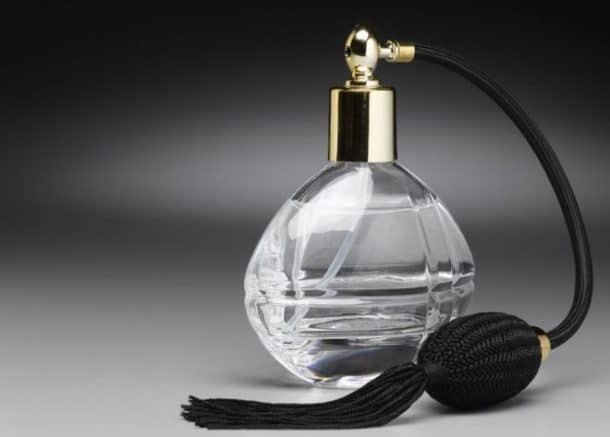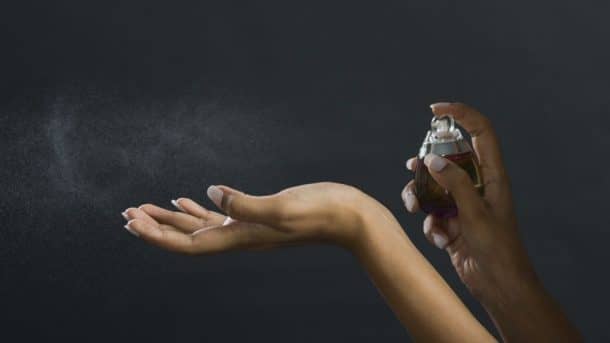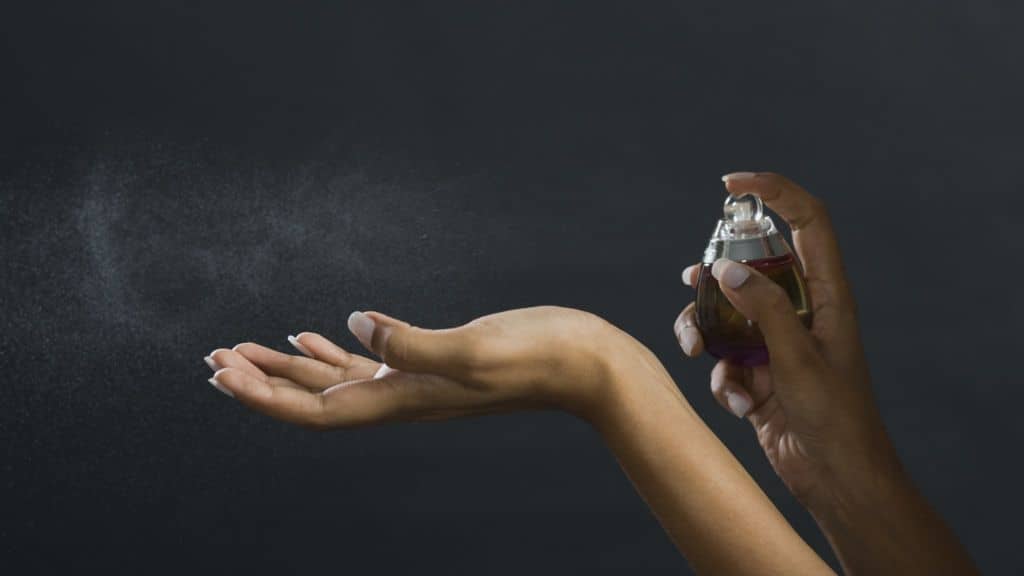There are numerous forensic techniques that can solve crimes. We previously talked about the Blood Splatter Analysis of the crime scene. Here we will discuss how transfer of perfume traces can help us fight crime. Work is already being done on transfer of material in forensic science like the transfer of gun-shot residue or transfer of fibers. But for the first time, scientists have experimented with the transfer of perfumes.
It has been discovered that perfume is made of up a combination of chemical components which can transfer from clothes of one person to another during contact, even if its a brief one. The smell stays for days but over time, it decreases. Therefore, perfumes can also be used in forensics as trace evidence.

The research team from University College London published their “proof-of-principle” study in the journal of Science and Justice. It showed that the perfume trace technique is particularly useful in investigations that involve close physical contact e.g. sexual assaults. One of the researchers, Simona Gherghel said:
“We thought there was a lot of potential with perfume because a lot of people use it. We know about 90% of women and 60% of men use perfume on a regular basis.”
The Forensic Experiment:
Every perfume has a distinctive smell due to the different combinations of chemicals. The UCL team discovered that many of the components of a particular male cologne could be easily transferred from one cotton fabric to another. Two pieces of cloth were rubbed together for just 60 seconds. The cloth sprayed with perfume transferred 15 of the 44 chemicals to the second piece of cloth. For a period of 10 minutes, 18 components were transferred.

The time of application of perfume was also important. 5 minutes after initial application, the cloth pieces were pressed together for 10 minutes and resulted in the transfer of 24 out of 44 chemicals on the non-perfumed piece. After 6 hours of application, the perfumed cloth was pressed with another for 10 minutes and 12 chemical components were transferred. Director of Forensic Sciences at UCL, Dr. Ruth Morgan said:
“It is a pilot study and a proof-of-concept study. We’ve shown that first, perfume does transfer, and second, we can identify when that transfer has happened. In the future there could well be situations where contact between two individuals is made and this is a way of discerning what kind of contact is made and when it was made.”
However, there is one limitation to the method. The clothes evidence needs to be collected as soon as possible after the offence and this is not an ideal scenario. Also, perfume trace alone cannot solve a criminal case as it is not a “one-stop indicator”. It can be used as a confirmatory test used in combination with other tests like fingerprint or DNA. Further experiments are needed to test the technique in more realistic forensic reconstruction.
But when we look at the whole picture, this technique will be integral in determining the direction of investigation or become the final piece of the jigsaw puzzle.


